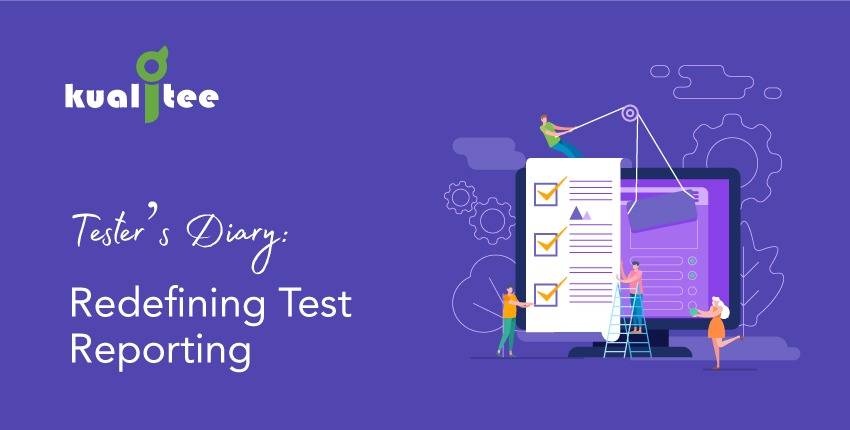Software Testing and Quality Assurance are the hit and miss processes that keep testers engaged in multiple dilemmas.
The most critical part of the software development life cycle is detecting and fixing bugs before the deadline ends.
Keeping this in mind, Testers and team members discuss the issues and devise specific testing methods for their fixing. Sometimes, there comes a situation when they come across this entity that they aren’t sure is a bug, feature request, or a skipped requirement. Now that’s a problem. Especially, when they make a mistake of calling it a bug when it is perhaps a feature request or a missed requirement!
So, whose fault could it be? The development team or maybe testing team? However, whoever is to be blamed, what’s more important is to find out what the dilemma is.
Let’s try understanding how we can figure it out.
The Difference Between a Bug or a Feature Request
According to software engineers, the difference between a bug and a feature request is super clear. A bug/defect/issue is any erroneous execution that deviates the system’s behavior from the expected performance that usually due to a poor coding mistake.
About feature request? Experts call it a “dumb detail” that, of course, increases the chances of a new bug to pop up because it requires a new source code addition.
Hence, a bug is a discrepancy between the functional codes, while a feature request is rather a much-needed demand to create a new code to satisfy the customer’s requirements.
For better understanding, let’s take a deeper look into the matter:
A Bug or a Feature Request?
There arises a new debate when a feature request is made because it wasn’t accepted not discussed in the test plan. Therefore, the testers battle cry to calling it a dumb detail is legit.
The person who is logging a new feature request is actually causing more bugs to pop.
In such a dilemma, QA and development team would analyze the test project from all the edges and decide the next step follow.
Let’s put it this way:
You have to test a registration page that has all the typical detail requirements such as first name, last name, DOB, email address, contact number, etc. It has an additional option for the users to add an extra contact number under the field. Once they click the link to add a new number, they remain on the same page, but a new field to add a new contact number shows up.
Moving on, tester tests the registration page meticulously and reports a bug to the development team.
How can you tell it’s a bug? If instead of left-clicking on the link to add an additional section, if the user clicks right and opens a new tab, he/she is presented with a login page. Over here, the issue is that the user should not be presented with a new login page whenever he/she tries to add new contact information.
Therefore, next time, whenever you find yourself stuck in this dilemma, just remember it’s just a missed technicality that needs to be fixed. Just consider it a discrepancy of code implementation. Though you can differentiate between a bug or a feature request by measuring its merits based on the risks associated with the product delivery.


























